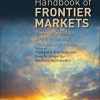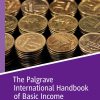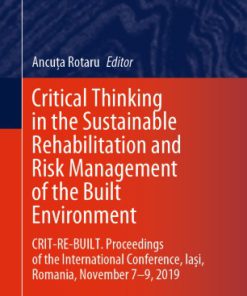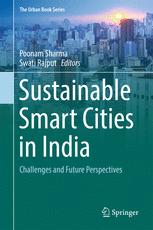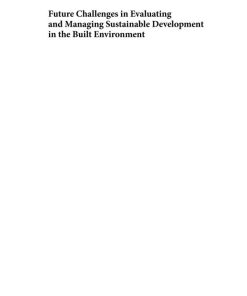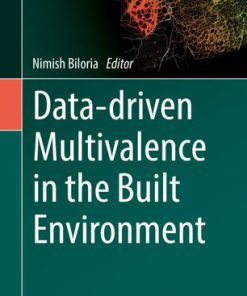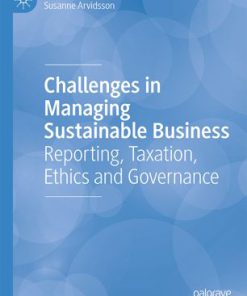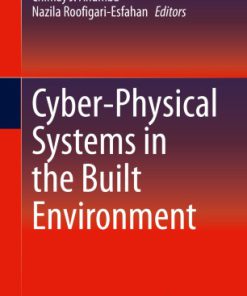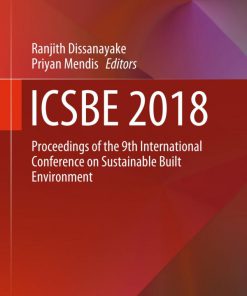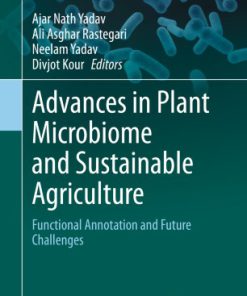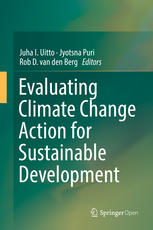Future Challenges in Evaluating and Managing Sustainable Development in the Built Environment 1st Edition by Peter Brandon, Patrizia Lombardi, Geoffrey Shen 1119190738 9781119190738
$50.00 Original price was: $50.00.$25.00Current price is: $25.00.
Future Challenges in Evaluating and Managing Sustainable Development in the Built Environment 1st Edition by Peter S. Brandon, Patrizia Lombardi, Geoffrey Q. Shen – Ebook PDF Instant Download/DeliveryISBN: 1119190738, 9781119190738
Full download Future Challenges in Evaluating and Managing Sustainable Development in the Built Environment 1st Edition after payment.
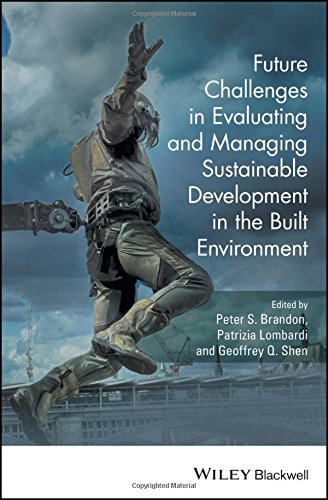
Product details:
ISBN-10 : 1119190738
ISBN-13 : 9781119190738
Author: Peter S. Brandon, Patrizia Lombardi, Geoffrey Q. Shen
The main market will be postgraduate students taking both taught and research degrees, and researchers at postdoctoral level and above. There will be a practitioner market, mainly architects, planners & surveyors, and policy makers.
Future Challenges in Evaluating and Managing Sustainable Development in the Built Environment 1st table of contents:
Chapter 1: Initiative and Obsolescence in Sustainable Development
1.1 Introduction
1.2 Section 1: World views and values
1.3 Section 2: Design and evaluation tools and technology
1.4 Section 3: Engaging with practice, stakeholders and management
1.5 Initiative and obsolescence
1.6 Final statement
References
Section 1: World Views and Values
Chapter 2: Cities of Tomorrow
2.1 Exordium
2.2 Disquisition
2.3 Propositum
References
Chapter 3: Going Beyond Sustainability
3.1 Introduction
3.2 What lies beyond sustainability?
3.3 Changing views: Transforming story, transforming thought
3.4 Changing self: Transforming knowledge into wisdom
3.5 Changing ways: Transforming practice
3.6 Conclusions
Acknowledgements
References
Chapter 4: Transition Towards a Post Carbon City – Does Resilience Matter?
4.1 Introduction
4.2 Cities and climate change
4.3 Approaches to sustainable development
4.4 Concluding remarks
Acknowledgements
References
Chapter 5: Sustainable Urban Development – Where Are You Now?
5.1 Introduction
5.2 Establishing the BEQUEST network
5.3 Building the BEQUEST team
5.4 The legacy of BEQUEST
5.5 Defining SUD
5.6 The diffusion of SUD
5.7 The framing of and tools for SUD
5.8 Expansion/dilution of SUD
5.9 Elaborating, not extending, SUD
5.10 Conclusions
References
Section 2: Design and Evaluation Tools and Technology
Chapter 6: Crowdsourcing Public Participation in Sustainable Built Environment Development: The Democratisation of Expertise
6.1 Introduction
6.2 The context of sustainable built environment development
6.3 Background to technology‐enabled public participation
6.4 The potential of virtual reality
6.5 Using virtual reality as a crowdsourcing approach to public participation in urban planning
6.6 Summary
References
Chapter 7: 2050 – The Invisible Future
7.1 The future
7.2 What future?
7.3 The present and the future
7.4 Future city in 2050
7.5 Invisible BIM 2050
7.6 Constraints to the vision
References
Chapter 8: The Role of Carbon in Sustainable Development
8.1 Introduction
8.2 Operational and embodied carbon in construction
8.3 Estimating OC and EC
8.4 Shifting of focus
8.5 Drivers and barriers in managing carbon emissions in construction
8.6 Need for carbon estimating in construction
8.7 Future trends
8.8 Conclusions
Acknowledgements
References
Chapter 9: Supporting Risk Assessment in Building Resilient Cities
9.1 Introduction
9.2 Theoretical framework for capturing the degree of vulnerability of a place
9.3 Local risk assessment process
9.4 Multi‐agency collaboration and community engagement
9.5 Technology platforms for interactive risk assessment
9.6 Conclusion
References
Chapter 10: Towards an Intelligent Digital Ecosystem – Sustainable Data‐driven Design Futures
10.1 Introduction
10.2 Changing role of ‘design’ for sustainable futures
10.3 Emerging concepts, challenges and trends
10.4 The rise of big data
10.5 From green to smart: New focus/new metrics
10.6 Predicted versus actual performance
10.7 Towards a digital ecosystem – Scenarios for implementation
10.8 Conclusions: Future value propositions
References
Chapter 11: Smart Cities Case Study – The Nottingham Experience
11.1 Background
11.2 Remourban
11.3 Nottingham case study
11.4 Integrated infrastructures
11.5 Discussion on added value
References
Section 3: Engaging with Practice, Stakeholders and Management
Chapter 12: Value‐oriented Stakeholder Engagement in Sustainable Development: A Conceptual Framework
12.1 Stakeholder engagement in sustainable development
12.2 Approaches to stakeholder engagement
12.3 Value‐oriented approach of stakeholder engagement in sustainable development
12.4 Process of the value‐oriented stakeholder engagement approach
12.5 Using SNA to analyse stakeholder interrelationships
12.6 The conceptual framework and its potential applications
12.7 Conclusions
Acknowledgements
References
Chapter 13: Sustainability in Practice in the United Kingdom – A Reflective Analysis
13.1 Introduction
13.2 Method
13.3 Reflective analysis
13.4 Property Tectonics
13.5 Economics, investment and finance
13.6 National grid pressures
13.7 Waste recycling
13.8 Lifespan software
13.9 Energy management in social housing
13.10 Energy Company Obligation
13.11 Compliance and warranties
13.12 Conclusion
References
Chapter 14: Understanding Value Generation in Complex Urban Regeneration Projects
14.1 The context: Social housing projects in Brazil
14.2 Management of urban regeneration projects
14.3 Value generation
14.4 Research method
14.5 Main results
14.6 Discussion and conclusions
References
Chapter 15: Integrating Sustainable Urban Development
15.1 Problem realisation
15.2 Towards a solution
15.3 Globalisation and virtualisation
15.4 The city and its hinterland
15.5 Towards better governance structures
15.6 Mind the skills gap
References
Further reading
Chapter 16: Sustainability – The Role of Construction Contracts
16.1 Introduction
16.2 The JCT consultation
16.3 Specification or contract conditions
16.4 JCT standard form contracts and sustainability
16.5 The framework objectives
16.6 The provider’s supply chain
16.7 Sustainable development and environmental considerations
16.8 Aspirational or legally binding provisions
16.9 The future
16.10 Conclusion
References
Chapter 17: Transforming Communication and Decision‐making Practices for Sustainable Renewal of Urban Transport Infrastructure
17.1 Introduction
17.2 Aim, objectives and methods of study
17.3 Sustainable renewal of urban transport infrastructure
17.4 Analysis of key issues in urban transport renewal
17.5 Findings and discussion
17.6 Conclusion
References
Chapter 18: Rethinking the Role of Time in Sustainable Urban Development
18.1 Introduction
18.2 Why time?
18.3 Planning with time
18.4 Time as a linking factor. Hermann Dooyeweerd’s philosophy of the law idea
18.5 The grave of time. Why current planning approaches fail
18.6 Summary
18.7 A future challenge
References
Chapter 19: Suggestions for Future Sustainability
19.1 Sustainability
19.2 Dooyeweerd’s philosophy
19.3 The longer view
19.4 The importance of attitudes and beliefs to sustainability
19.5 Conclusion
People also search for Future Challenges in Evaluating and Managing Sustainable Development in the Built Environment 1st:
what is the future of sustainability
sustainable futures issues
future of sustainability in investment management
challenges of implementing sustainability
sustainability challenges examples
Tags: Future Challenges, Evaluating, Managing Sustainable, the Built Environment, Peter Brandon, Patrizia Lombardi, Geoffrey Shen
You may also like…
Politics & Philosophy - Government & Politics
Sustainable Smart Cities in India Challenges and Future Perspectives 1st Edition Poonam Sharma
Engineering - Civil & Structural Engineering
Data-driven Multivalence in the Built Environment Nimish Biloria
Uncategorized
Engineering - Civil & Structural Engineering
Cyber Physical Systems in the Built Environment Chimay J. Anumba
Science (General)


